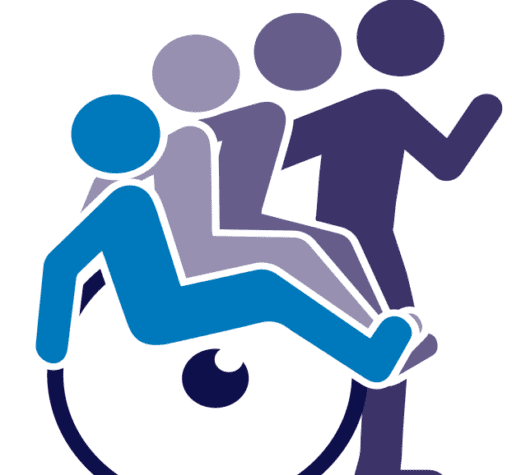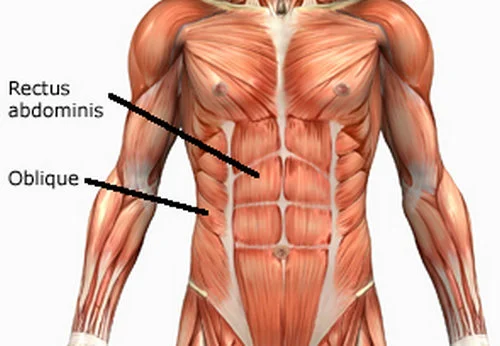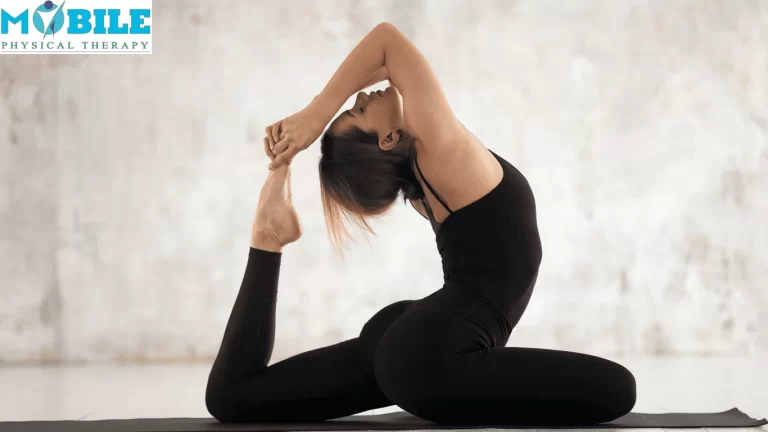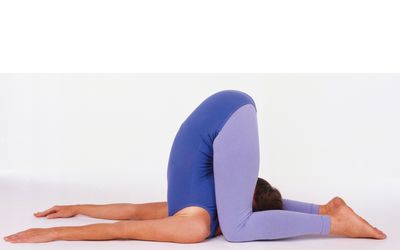Bird Dog Exercise
The Bird Dog exercise is a core and stability workout that strengthens the lower back, abdominals, and glutes. It involves extending one arm and the opposite leg while maintaining balance on hands and knees, promoting coordination and spinal alignment.
You can incorporate the bird dog exercise into practically any core strength-training program because it only requires a mat.
Table of Contents
Which Muscle Works In Bird Dog Exercise?
- The rear hamstrings of the thigh
- The medial and minimus muscles of the gluteal muscles
- The hip’s piriformis and obturator externus
- The chest’s pectoralis and serratus muscles
- The upper arm triceps
Benefits of the Bird Dog Exercise
- The erector spinae muscle is the bird dog’s primary target. This long back muscle connects the vertebrae and hip sacrum to the length of the spine, which includes the skull, neck, and ribs. It is in charge of rotating, flexing, and stretching the spine.
- Bird dog exercises target two specific abdominal muscles: the rectus abdominis and the obliques. The deltoids in the shoulder, the trapezius in the upper back, and the gluteus maximus in the buttocks are also used in this exercise.
- The bird dog exercise is used by both physical therapists and sports trainers with their patients. Because it simultaneously works the back and core, it is beneficial for developing lower back function.
- When recovering from a back injury, the bird dog is a safe exercise that may help with lower back discomfort. When performing daily duties that require twisting and bending, a strong core and stable spine might be beneficial.
How To Perform Bird Dog Exercise
- Put yourself in the tabletop position, starting on your hands and knees.
- Your hands should be behind your shoulders and your knees beneath your hips.
- Keep your spine neutral by using your abdominal muscles.
- Tighten your shoulder blades.
- Keep your hips and shoulders parallel to the floor as you raise your left leg and right arm.
- Tuck your chin into your chest and extend the back of your neck so you can look at the floor.
- Return to the beginning position after holding this position for a few seconds.
- Hold the stance for a few seconds while raising your right leg and left arm.
- Get back to where you were before. This is the first round.
- Do eight to twelve repetitions in two or three sets.
Bird Dog Exercise Video
Modification of the Bird Dog
Depending on your goals and degree of fitness, there are several methods to do the bird dog.
- No Arm Extension
- Zipper
- Bird Dog on a Bench
- Bird Dog on an Exercise Ball
- Bird Dog From Pushup Position
- Single-Side Bird Dog
- Weighted bird dog
No Arm Extension: If the dual arm-leg action is challenging for you, start by extending one leg at a time without extending your arms. Extend the opposing arm simultaneously with the leg once you can accomplish this with stability and proper form.
Zipper: Bend your elbow and pull your opposite leg forward until they contact beneath your body instead of putting the hand and knee back on the ground after each repetition. Your core is under more strain as you attempt to maintain your balance because of this mid-exercise contact.
Bird Dog on a Bench: To make things more difficult, you can utilize a weightlifting bench. Eliminate the use of your lower leg for stability by kneeling on the bench with your feet dangling loosely over its end.
Bird Dog on an Exercise Ball: When performing the bird dog, place an exercise ball beneath your hips. You will have to balance on the toes of your foot since you won’t be able to get your knees on the ground, which makes stability even more difficult.
Bird Dog From Pushup Position: Place your hands and feet on your toes to balance in a push-up posture instead of with your knees on the floor. Though significantly more difficult, this variant is comparable to performing bird dogs on the exercise ball.
Single-Side Bird Dog: Only when you have mastered the fundamentals should you attempt this more difficult version of the bird dog exercise. Extend the arm and leg simultaneously on the same side of the body to accomplish this.
Weighted bird dog: Each time you extend, bring your elbow near your knee. With each arm and leg extension, twist your upper body. Rotate your outstretched wrist and ankle to release your joints. For more resistance, use ankle or free weights. Attach a resistance band to your hand or foot. Beat your outstretched arm and leg. Next, draw little circles in opposite directions.
Precaution While Performing Bird Dog
Shoulder discomfort should prevent you from performing the bird dog exercise. Discuss when this exercise could be helpful with a medical practitioner or physical therapist if you have experienced a back injury. In the event that you feel hip, back, or shoulder pain, stop.
Summary
- The bird dog is a good workout that works for most individuals. Before beginning any fitness regimen, it is important to discuss any medical problems or drugs you are taking with your doctor.
- You may include the bird dog exercise into your existing fitness regimen or practice it alone for a few minutes each day.
- Verify that you are breathing, form, and technique correctly.
- Low back discomfort is lessened and strength is increased with the bird dog workout. As long as you’re careful and don’t overdo it, stretching is OK while you’re in pain.
- If you experience any pain or discomfort during or after the exercise, stop doing it and consult a physician.
FAQ’s
Helps with mobility and balance: By strengthening your core and enhancing your mind-body connection, the bird dog exercise helps you become more mobile and balance better. Due to the vast range of motion your arms and legs experience throughout the exercise, it might help increase hip and shoulder mobility.
Place your hands behind your shoulders and your knees beneath your hips to begin on your hands and knees.
Lift and extend one leg till it aligns with your back.
Straight out in front of you is the opposing arm.
The leg and arm go out simultaneously before returning to the beginning position.
Flip sides.
Start out with two to four sets each week if you’re new to working out. Bird dogs are really forgiving when it comes to aching muscles, and as you get more comfortable with the movements and training, you may increase the frequency to a regular routine. Beginner sets should consist of two to three sets of six to ten repetitions each.
Step 1: Position yourself on all fours, quadrupedally, with your knees behind your hips and your hands beneath your shoulders. The shoulder girdle is stabilized by pressing the arms away from the floor. Pull in your abs. Make sure your spine is in a neutral posture.
References
- Cronkleton, E. (2023, October 27). How to perform the bird dog exercise and its core benefits. Healthline. https://www.healthline.com/health/bird-dog-exercise#takeaway
- Rogers, P. (2024, June 28). Bird dog exercise: proper form, variations, and common mistakes. Verywell Fit. https://www.verywellfit.com/how-to-do-the-bird-dog-exercise-3498253







